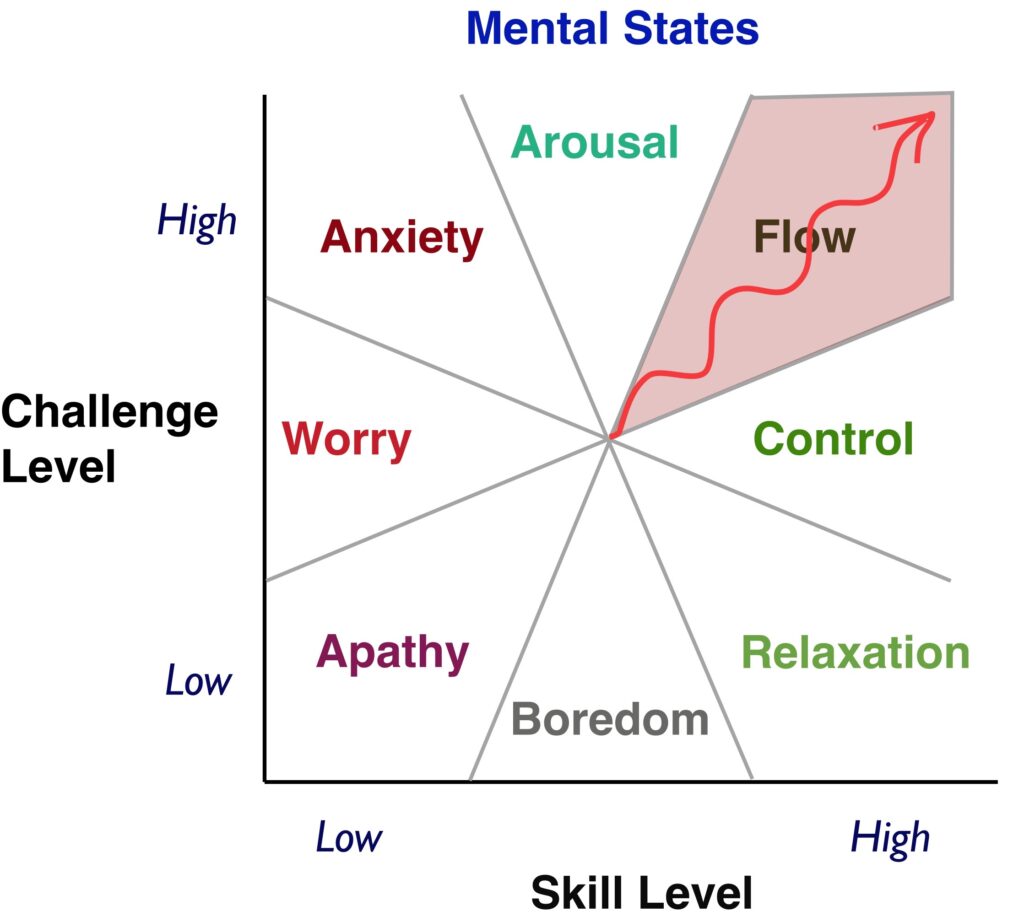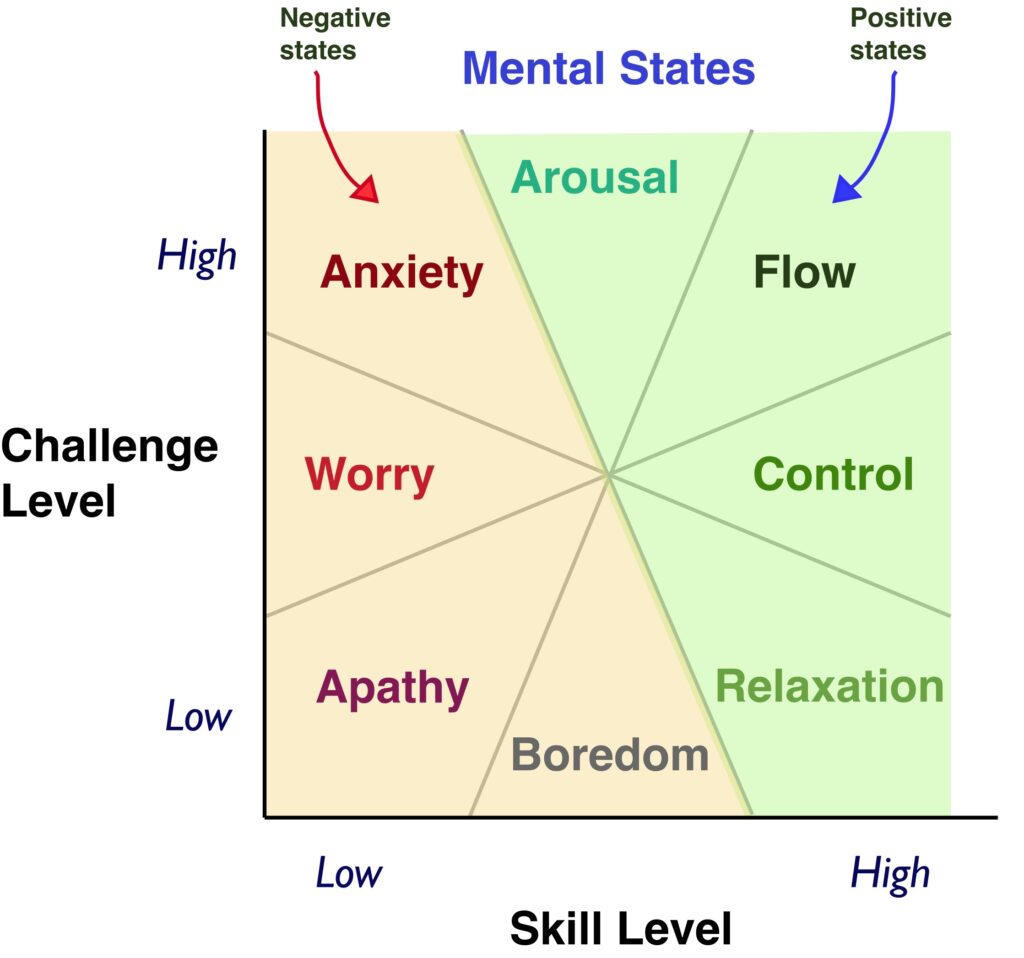A collateral casualty of the COVID-19 pandemic is its impact on surgical skills training. Particularly when the procedure is elective. Guidelines and policies have been published that restrict direct patient contact unless necessary. Valuable time and opportunity are being lost. It will have a severe impact on the learning curve for aspiring surgeons. This is making the directors or heads of educational programmes at training institutions worldwide explore alternative means of training. There is a spike in exploration of other, technology driven methods of conducting training. This condition is acting as a catalyst in adoption of new solutions that were otherwise not considered with this level of seriousness until now. With that, it must be kept in mind that it is not just the tools but also the methods of using those tools that are critical in the achievement of optimal training outcomes.
Challenges in acquiring surgical skills
Learning how to perform surgery can be a very stressful and painstakingly long affair depending on the complexity of the procedure and the potential outcomes that it can lead to.
You may be aware of the traditional Halstedian approach for surgical training popularly known as See One, Do One and Teach One. The method has worked well for more than 100 years. However, some risk to patients is inherent to the methodology and it is not very efficient either.
Typical learning curve for surgical skills
Let us look at the learning curve for one of the most performed surgical procedures worldwide, which is cataract surgery. It is also one of the oldest surgical procedures known. An article by Dr. Uday Devgan, an ophthalmologist, presents the learning curve for ocular surgery. The illustration of the learning curve in that article is shown here for reference.

It is generally observed that basic surgical skills are acquired during the residency and fellowship programs. The surgeons continue to build upon that foundation over the years of practice.
The traditional method of surgical training using wet labs, artificial models followed by live surgical training under guidance and supervision of other experienced surgeons is largely constrained by patient case load and the case variations available at the training institutions, and therefore to each trainee surgeon within. The learning curve gets spread over several years during which the trainee surgeon must work persistently with dedication and passion to learn from every opportunity coming their way. As a matter of fact, for residents in certain regions of the world, the mean count of surgeries that they get to perform is close to zero.
The actual trajectory of growth in surgical skill level depends on various factors which include the surgeon herself or himself. Their innate talent and intrinsic motivation also have a strong influence.
Introduction to the Concept of Flow and its application to surgical skills
In this article, the typical learning path has been mapped with the “Flow Model” as per Mihaly Csikszentmihalyi. This is the first in a series of articles that I plan to author and share. The aim is to discuss and understand what influences the time taken and effectiveness of surgical skills development, and how transformative change can be brought in. Also, to discuss certain ideas to explore how aspiring surgeons can be prevented from dropping out, and they can have an accelerated path to achieve an optimal level of skills and competence.
As per the theory of Flow, the Learning Experience is shaped both by the person and the environmental characteristics. The model describes “optimal experience” as one that occurs when a person’s body or mind is stretched to its limits in a voluntary effort to accomplish something that is difficult or worthwhile. The idea is to optimize the experience by leveraging the psychological mechanisms underlying their efficacy.

The Flow experience has been studied in various fields such as performing arts and sports (e.g. for chess players, rock climbers, etc.), education, even surgery. While this discussion is in the context of surgical skills, it is applicable to just about everyone and their respective activities.
Further research on the Flow model led to the identification of eight ‘mental states’ that an individual experiences when involved in any activity or performance. They are portrayed as zones in the graphic here. The mental state experienced is primarily a result of the combination of the Challenge Level perceived and the individual’s Skill Level.
Mental states directly affect the intrinsic motivation of an individual. Intrinsic motivation is critical to keep the individuals engaged and drive them to invest in ongoing effort for learning wherein failure can have demotivating effects.
Positive and negative mental states affecting performance and learning

Amongst all these states, the optimal state has been identified as “Flow”. It is the zone wherein mental state bounces between states of Arousal and Control. In the “Flow” zone, the individual makes conscious effort to learn and continues to enjoy the experience.
Arousal is experienced when there is a small gap between existing skills and those required to perform the task. The extent of gap determines the degree of challenge for the individual. Control is experienced when the skills are balanced with the challenge. Once the task is mastered, the individual experiences Relaxation. All these are positive mental states.
Negative mental states are between the boundaries of zones referred to as Boredom and Anxiety.
If the challenge is high, it evokes anxiety or worry due to excessive stress. It gets compounded by the patient and outcome risk in the case of surgical skills training in the traditional methodology. Over time if not managed well, it can result in loss of engagement and interest.

Further if the challenge is low, and there is lack of any driver, it will evoke the feeling of Boredom. It is important for the individual to be self-driven and motivated to remain engaged in the performance of the task or activity.
Effect of mental states on the learning curve
It is a collective influence of several factors that result into what I prefer to call as the “Learning Experience” that influences the actual learning outcomes and the learning curve of a surgeon. An illustration of some effects of Learning Experience for a typical ophthalmologist has been presented by Dr. Devgan in the form of the “Passion Barrier”, “Frustration Barrier” and “Dropout”.
By applying the concept of Flow one can understand that those constantly experiencing Anxiety and Worry would drift into Apathy and finally dropout. On the other hand, those who continue to experience Arousal on their learning path are able avoid frustration or break the “Frustration Barrier” to acquire certain minimal level of surgical competence required to serve patients. If challenging tasks continue to cause Anxiety, they may choose to remain comfortable in the zone of Control and Relaxation. That matches with getting stuck in the “Zone of Mediocrity” as referred to by Dr. Devgan. This could be attributed to learners in this band being more likely to set the performance goals that meet minimum standards and outcome expectations.
Let us look at those who like to compete with themselves in order to continuously raise their own performance standards and their skill set. Their passion helps them sail through the zone of Flow, whilebouncing between Arousal and Control. They eventually become experts capable of managing the toughest of cases. There can be no limit for them. I highly recommend that after reading this article, you watch the video at the end, to learn more about how even experts can continuously improve.
Management of the learning experience
To summarise, in order to enable more surgeons to become successful and enable many more to accomplish above average and even outstanding surgical competence, there is no choice but to look beyond what has served the medical community well for more than 100 years.
With the pace of technological advancement, it is time to revisit the surgical skills training model. New surgical training tools in the form of high-fidelity surgical simulators offer an unmatched opportunity. Remember that it is not the simulators themselves but the learning experience with their use that drives the training outcomes. Focus must shift from realism of simulators to fidelity of the learning experience with the desired training outcomes. Please wait for further posts on that.
Hope you find this useful and interesting. Your comments and feedback are valuable.
Video – Want to Get Great At Something? – TED 2017
I highly recommend watching this presentation by Dr. Atul Gawande, at a TED 2017 Conference.

Comments
Pingback: Simulation based training – An ideal setting for achievement of FLOW and Optimal Experience | Cognoscence